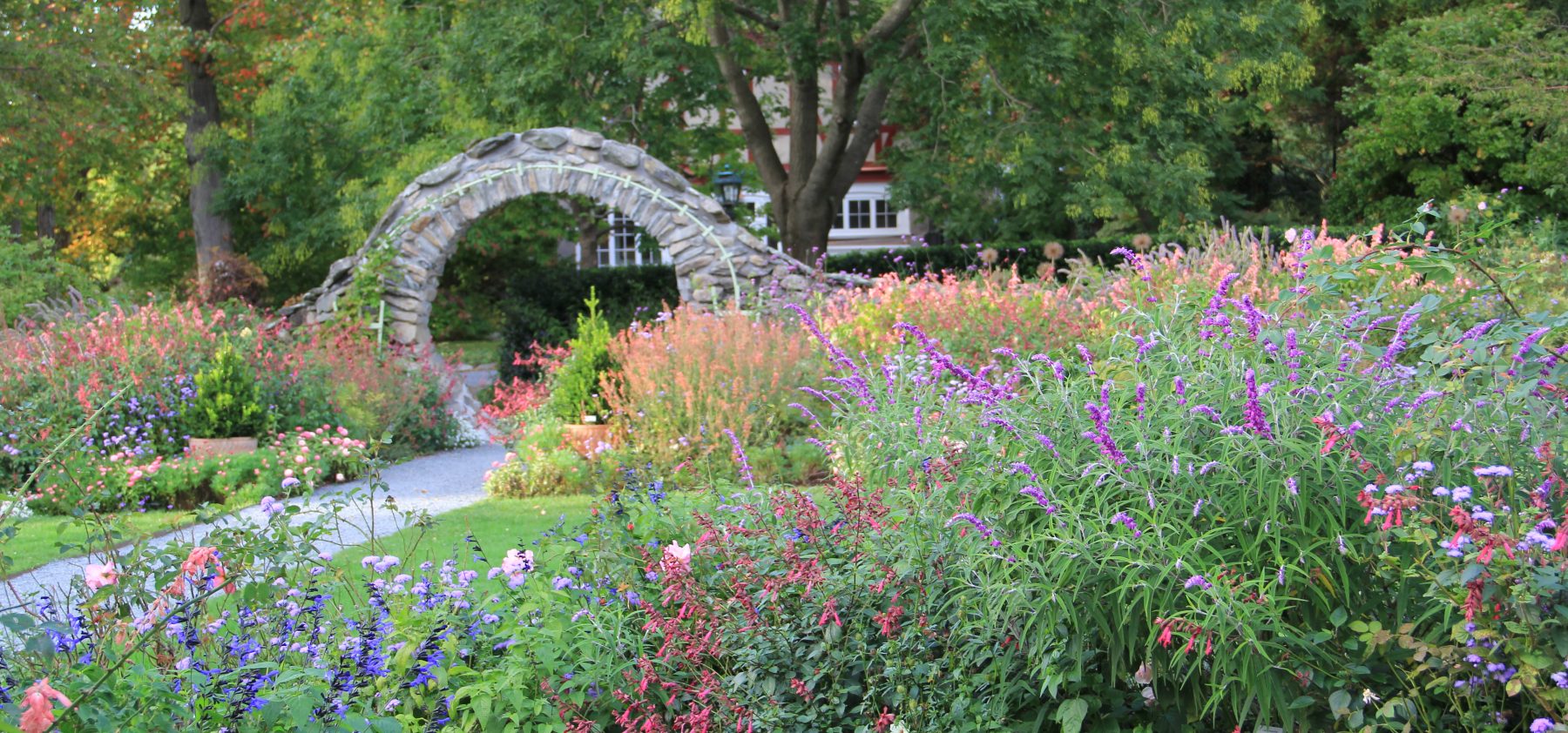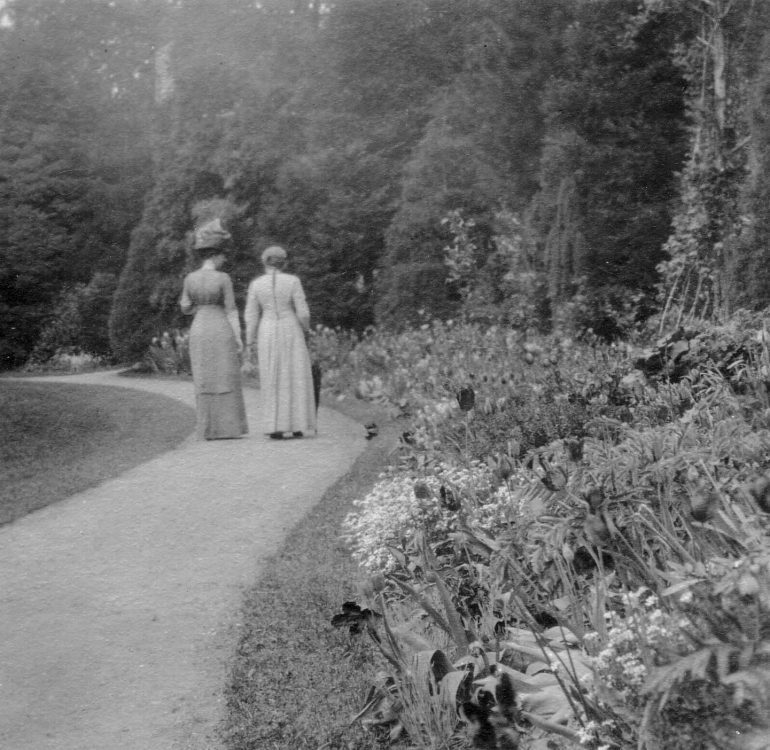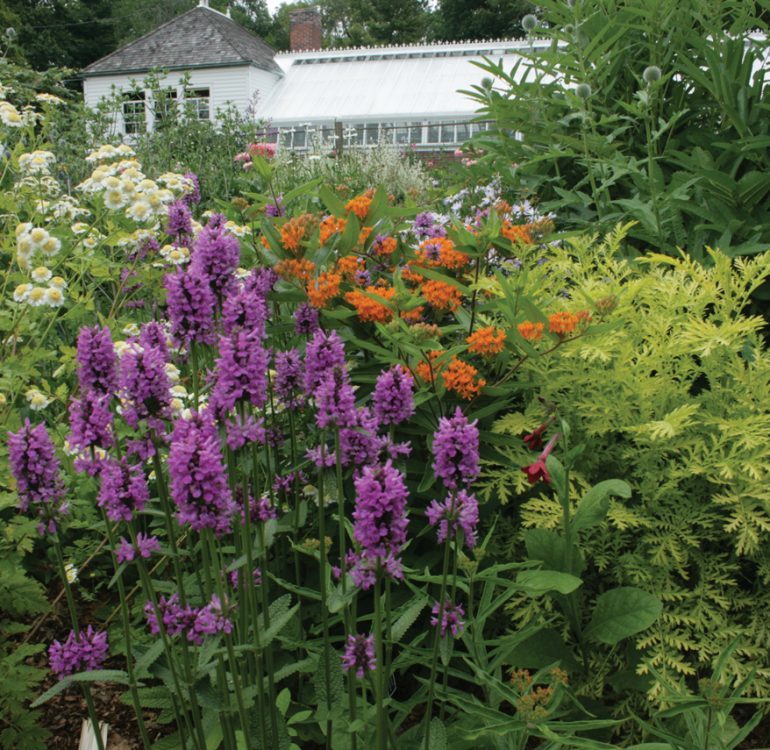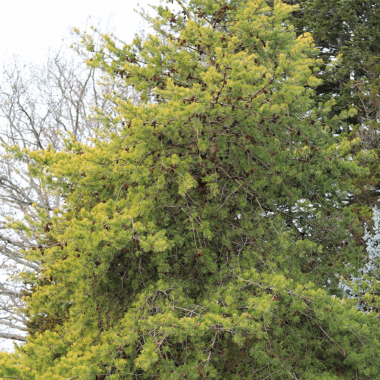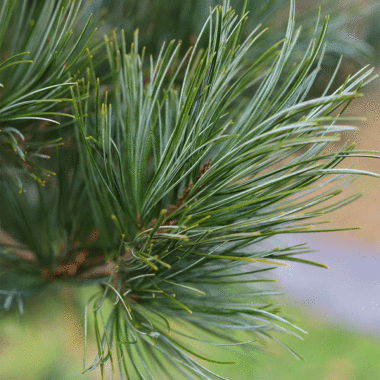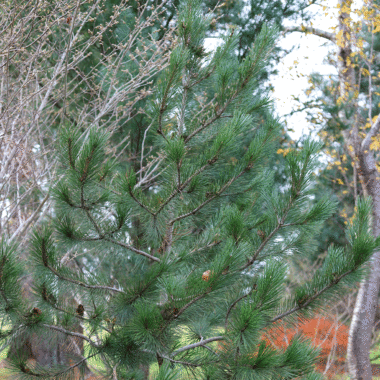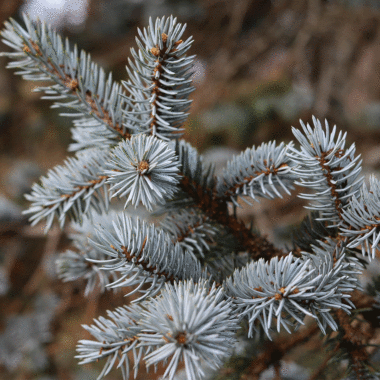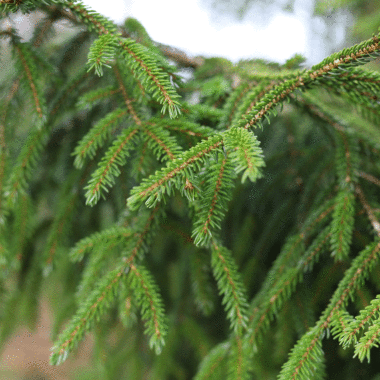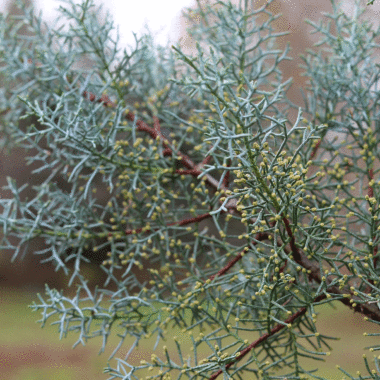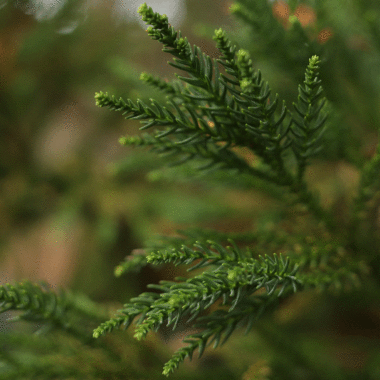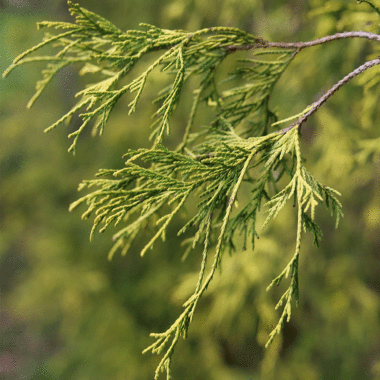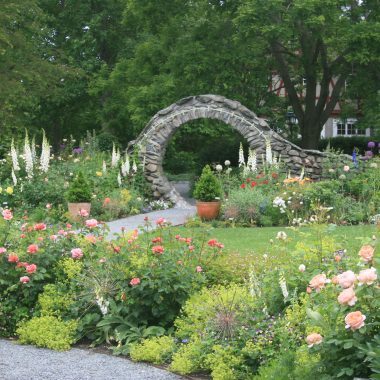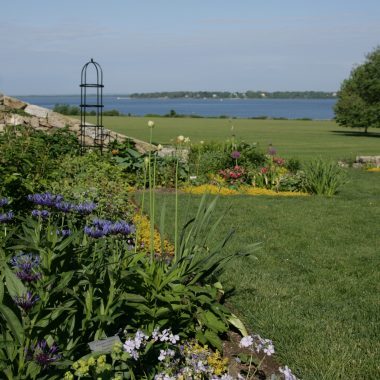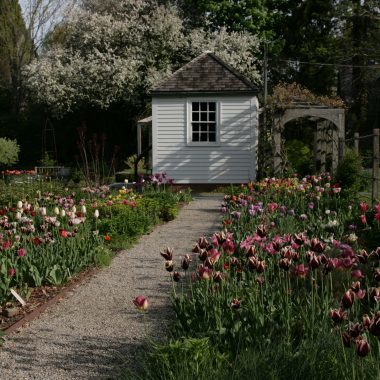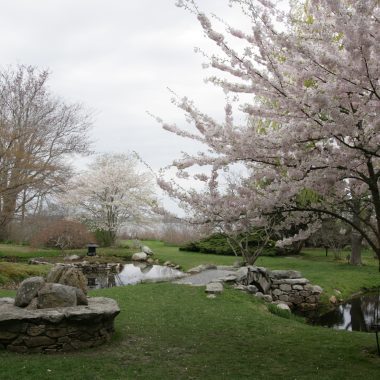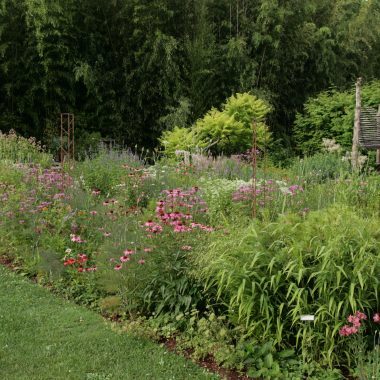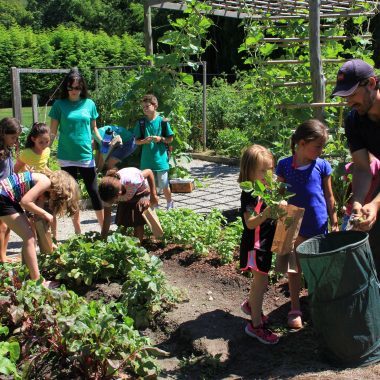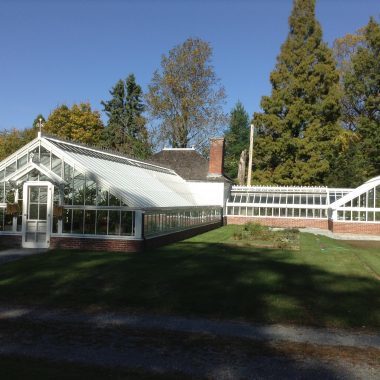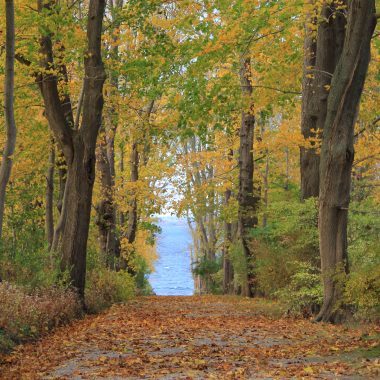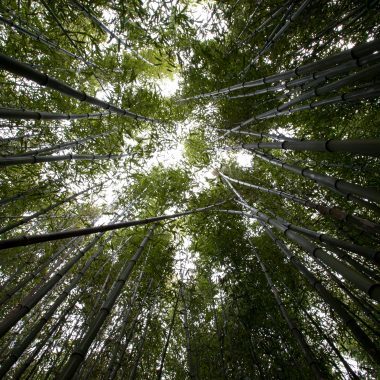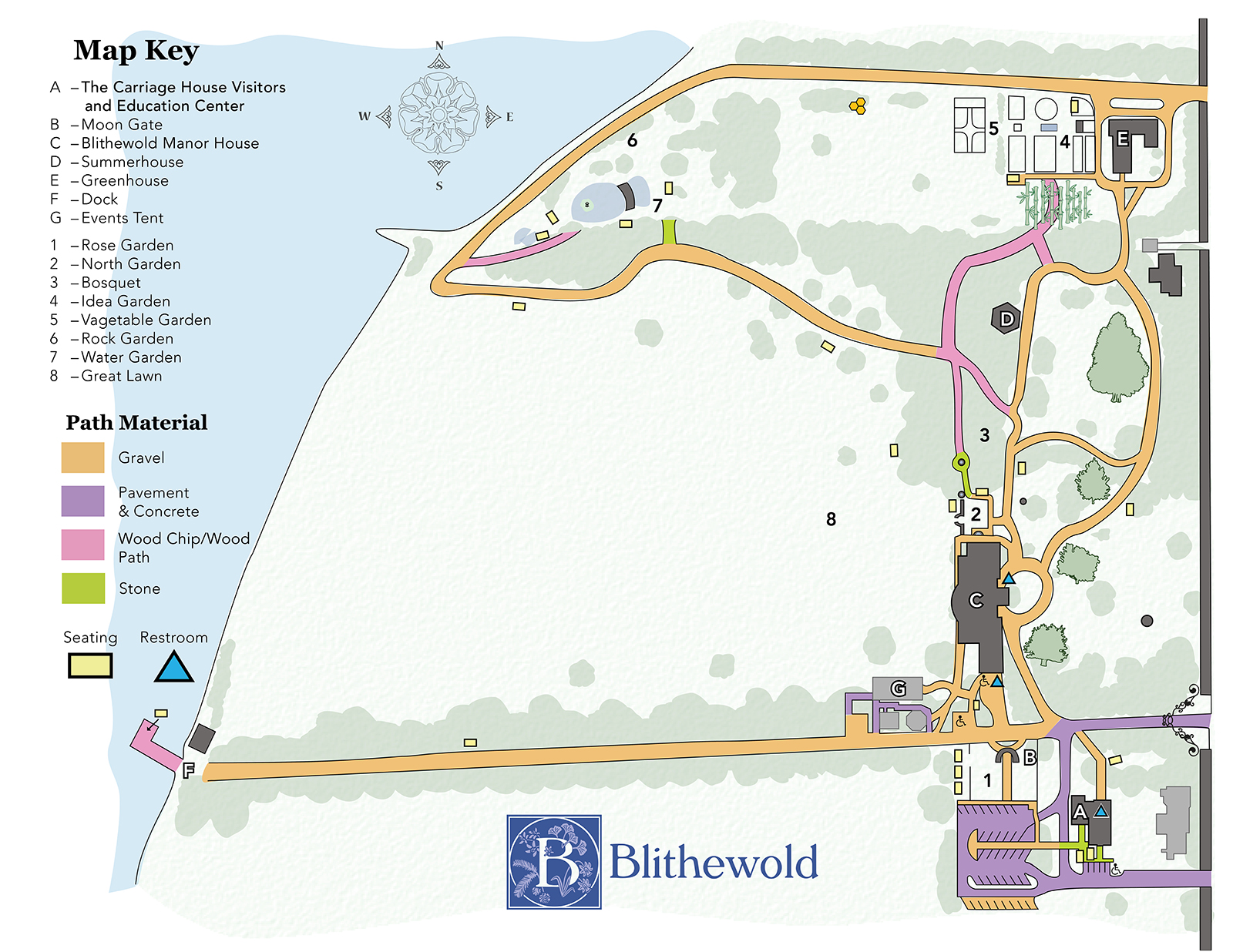The Gardens
The Van Wickles placed great emphasis on the landscape, particularly Bessie, who was an avid gardener. They hired Bristol author, gardener and landscape architect, John DeWolf to lay out the grounds. DeWolf based his over-arching concept for the site on the dirt roads, stone walls, and gentle pastures of the existing vernacular landscape features, as well as the dramatic waterfront site. His design reflects a widespread interest in America’s 17th and 18th century heritage that manifested itself in both the Colonial Revival and the American Arts and Crafts movements. It harmoniously integrates multiple design typologies to create varied garden spaces that are unified by the Great Lawn and framed by mature specimen trees and shrubs.
Blithewold’s landscape embraces active recreation and quiet repose, integrating indoor-outdoor living spaces in a way that anticipates a more casual 20th century lifestyle. The dock complex, tennis courts, and former golf clubhouse reflect Augustus Van Wickle and his passion for sports. Photos, descriptions, and home movies—as well as kayaks and croquet sets—that remain in the collections, demonstrate the active lifestyle of his two daughters and a turn-of-the-century feminist spirit.
Blithewold’s landscape embraces active recreation and quiet repose, integrating indoor-outdoor living spaces in a way that anticipates a more casual 20th century lifestyle. The dock complex, tennis courts, and former golf clubhouse reflect Augustus Van Wickle and his passion for sports. Photos, descriptions, and home movies—as well as kayaks and croquet sets—that remain in the collections, demonstrate the active lifestyle of his two daughters and a turn-of-the-century feminist spirit.

